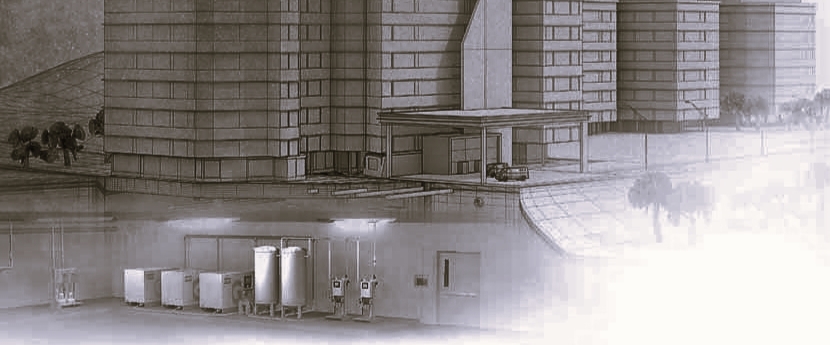



Oxygen is the most important clinical gas used in health care centers. There is no modern hospital that can manage without medical oxygen.
Pure oxygen is an essential resource in the operating room during anesthesia, for the respiration of patients, and in the intensive care or neonatal units. The constant high demand for this gas renders substantial expenses for hospitals.
Currently, hospitals buy oxygen with 99% purity in bulk from bulk oxygen manufacturers. The bulk oxygen is bought in both liquid and gaseous forms. These sources of oxygen can become an economic burden as large hospitals can spend up to $200,000 a year on oxygen supply alone.
Fortunately, medical oxygen can be generated on-site in any hospital, clinic, or health center in a much more cost-effective manner. Using pressure swing adsorption as an air separation technique, oxygen is generated as it is being used, thus enabling a health care center to be self-sufficient in meeting its oxygen demand.
The financial savings will allow for increased spending on providing for other areas of health care.
Oxygen Uses in Healthcare
Using medical oxygen in healthcare is widely practiced throughout the world. Oxygen is used in numerous scenarios in the healthcare industry. Medical oxygen is used in the following instances:
- Inhalation therapy
- During surgery to maintain tissue oxygenation under anesthesia
- Resuscitation of patients
- Mechanical lung ventilation for treatment of respiratory depression
- The treatment of such diseases as chronic obstructive lung disease pneumoconiosis, pneumonia, myocardial infarction, and pulmonary embolism
- For the newborn experiencing respiratory distress syndrome
- The treatment of respiratory burns or poisoning by carbon monoxide and other chemical substances
